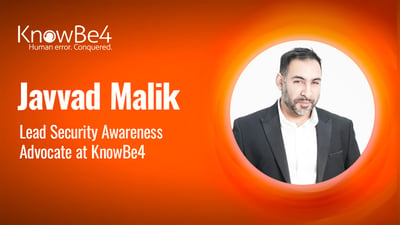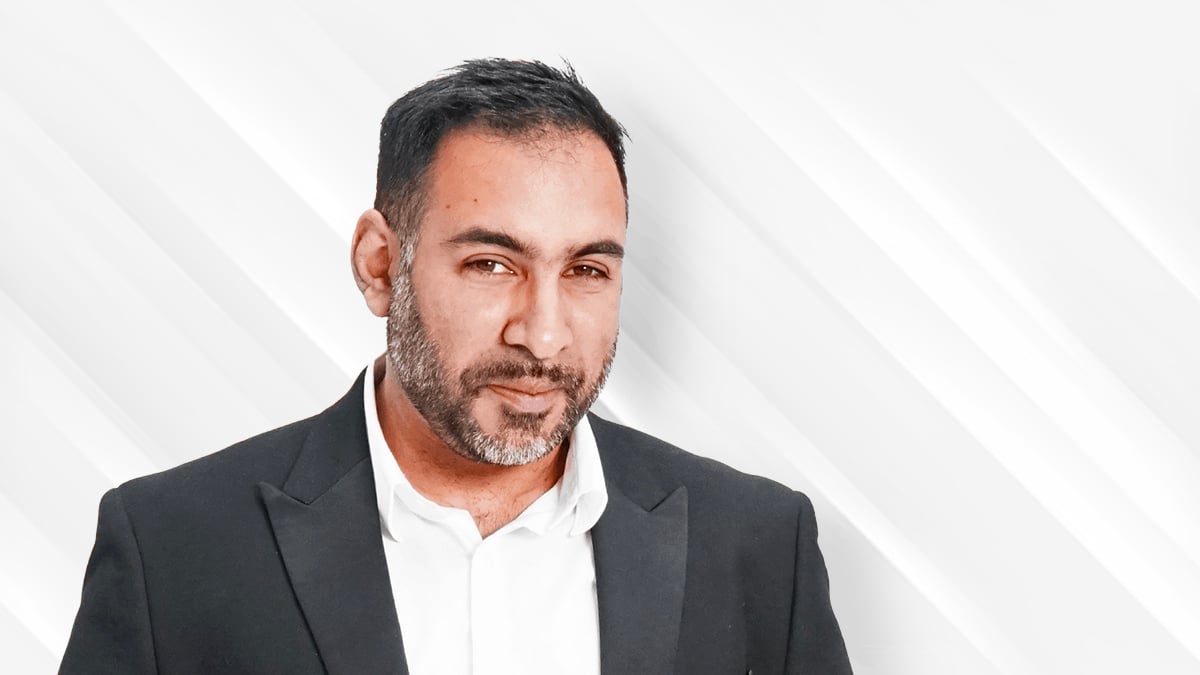 Deepfakes have emerged as a serious concern in the digital landscape, presenting a significant threat to truth and trust.
Deepfakes have emerged as a serious concern in the digital landscape, presenting a significant threat to truth and trust.
While it can be fun to swap your face with the Mona Lisa, there are some significant concerns around how these can be used to deceive us. Let’s take a look at some of the methods used, and ways to spot red flags.
The Rise of Synthetic Deception
Deepfakes leverage advanced artificial intelligence and machine learning algorithms to create convincing and misleading videos or audio clips. Actors, celebrities or even ordinary individuals can be digitally manipulated to say or do things they never actually did. The implications of this technology are unsettling, as it blurs the line between what is real and what is fabricated.
We are all susceptible to the allure of deepfakes. Our cognitive biases and inclination to trust can be skillfully manipulated. Even the most discerning among us can be tricked into believing the authenticity of these fabricated media. It is imperative that we acknowledge our vulnerability and remain alert to the potential threat posed by deepfakes.
Recognising the Warning SignsFortunately, there are indicators that can help us identify deepfakes and avoid falling prey to their influence. Watch out for telltale signs such as unnatural facial movements, inconsistencies in lighting and background details, or irregularities in audio quality. Training our eyes and ears to discern these anomalies is crucial in detecting synthetic manipulations.
Empowering Yourself Through AwarenessAwareness is the first line of defense against deepfakes. Keeping yourself up to date with the latest developments in this evolving field can provide invaluable insights into the tactics and techniques employed by those attempting to deceive us. Educate yourself about deepfakes, their potential impact and the implications they hold for society. This knowledge equips you to critically analyze media content and question its authenticity.
Verifying Sources and Embracing Critical ThinkingDeepfakes often circulate through social media platforms, making it essential to verify the credibility of sources before accepting information at face value. Rely on reputable news outlets, fact-checking websites or subject matter experts to corroborate claims. Adopt a healthy dose of skepticism, question the legitimacy of content, and employ critical thinking skills when encountering potentially deceptive media.
Collaboration for DefenseFighting against deepfakes necessitates collaboration between technology developers, researchers, and societal stakeholders. Together, we can push for the creation of robust tools and detection mechanisms to help identify and combat deepfakes effectively. By supporting initiatives focused on building resilient defenses, we can collectively mitigate the risks associated with this evolving threat.
The rise of deepfakes demands our attention and proactive measures. The ability to manipulate digital content poses a grave challenge to truth, trust and the very essence of our reality. By staying informed, honing our critical thinking, and verifying sources, we can fortify ourselves against the influence of deep fakes. Let us work together, as individuals and as a society, to protect the integrity of information and preserve the authenticity of our digital age.
KnowBe4 enables your workforce to make smarter security decisions every day. Over 65,000 organizations worldwide trust the KnowBe4 platform to strengthen their security culture and reduce human risk.
 New-school Security Awareness Training is critical to enabling you and your IT staff to connect with users and help them make the right security decisions all of the time. This isn't a one and done deal, continuous training and simulated phishing are both needed to mobilize users as your last line of defense. Request your one-on-one demo of KnowBe4's security awareness training and simulated phishing platform and see how easy it can be!
New-school Security Awareness Training is critical to enabling you and your IT staff to connect with users and help them make the right security decisions all of the time. This isn't a one and done deal, continuous training and simulated phishing are both needed to mobilize users as your last line of defense. Request your one-on-one demo of KnowBe4's security awareness training and simulated phishing platform and see how easy it can be!




